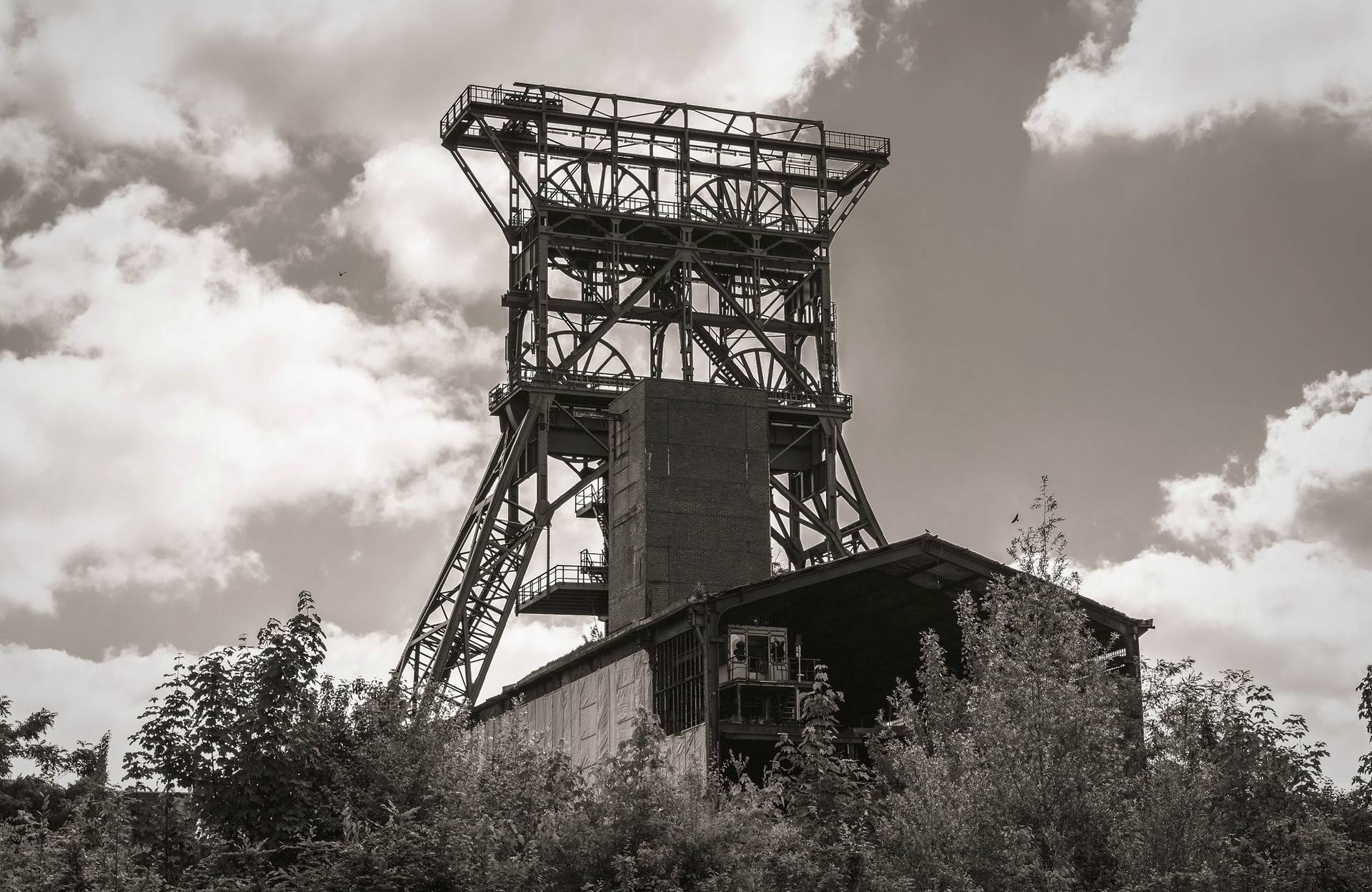How to transition

A well-managed transition is more than just policy tools.
While many transitions have involved the obvious policy responses, e.g. retraining programs, redundancy compensation packages, worker job search assistance, some level investments to stimulate regional economic regeneration, etc, a well-managed transition is not just a question of policy tools. We identify some other key-factors.
Forging basic consensus on the questions of “whether and why” to transition is essential [1]. Such a consensus between the government, companies, trade unions and other civil society organizations allow greater political resilience and the implementation of more coherent and comprehensive adjustment strategies. The strong interdependencies between the long run interests of companies, workers, and regional economies means that they either “sink or swim” together.
Bargaining power is not always evenly distributed and the different stakeholders may have divergent interests in the short-term incentive. Governments therefore need to anticipate what leverage they will use to promote constructive social dialogue and ensure that responsibilities are fulfilled. For instance, in the Limburg case, government not only owned the main company – Dutch State Mines, it also had the ability to grant concessions to new gas fields and other lucrative opportunities to the company if it helped to contribute to the national transition strategy. This example was remarkable for the absence of any social unrest or protect throughout the entire transition.
Don’t ignore long-term investment in workers as people. A frequent mistake of many of the past transitions has been a failure to invest in the “human capital” of the former workers. Indeed, historical transitions may have sometimes led to relatively generous short term economic compensation when unions had relatively strong bargaining power, but these cases often have poor long term outcomes for workers and their children. For instance, in Poland after the collapse of the Soviet Union and local coal demand, relatively generous ‘golden hand-shakes’ were given to workers to quit the company on the spot. Follow up studies reveal, however, that these workers were more likely to be classed as “long term unemployed” or “inactive” several years later, compared to workers who received new job placements and retraining. Such risks are often also transmitted across generations in a region, making an intergenerational focus important.
Don’t ignore investment in regions. Regions are severely impacted by unplanned coal transitions, through their indirect impacts on jobs, lower tax revenues or unpaid-for environmental remediation. Regional economic regeneration is possible, although options for regions depend a lot on specifics, such as isolation, sources of comparative economic advantage, and the existence of pre-existing industrial bases and sources of prosperity that can be built upon. The UK and Dutch case studies show that, at least in cases where coal regions are not extremely remote from other centres of economic activity, regional economic reconversion is possible. Re-building regional economies can work where there is dedicated investment (over time) in further promoting existing regional economic and industrial strengths. Building self-reinforcing clusters in specific sectors can sometimes be another solution. Solutions will depend on regional specifics, and national and regional governments also need to be given room to take (considered) bets, some of which will not pay off.
[1] Different coal using and mining regions need to pursue different paths in terms of legitimating the idea of the transition and its concrete implementation. For instance, hard coal mines for exports to global markets may find different arguments for transition convincing to lignite mines that feed local electricity production.


